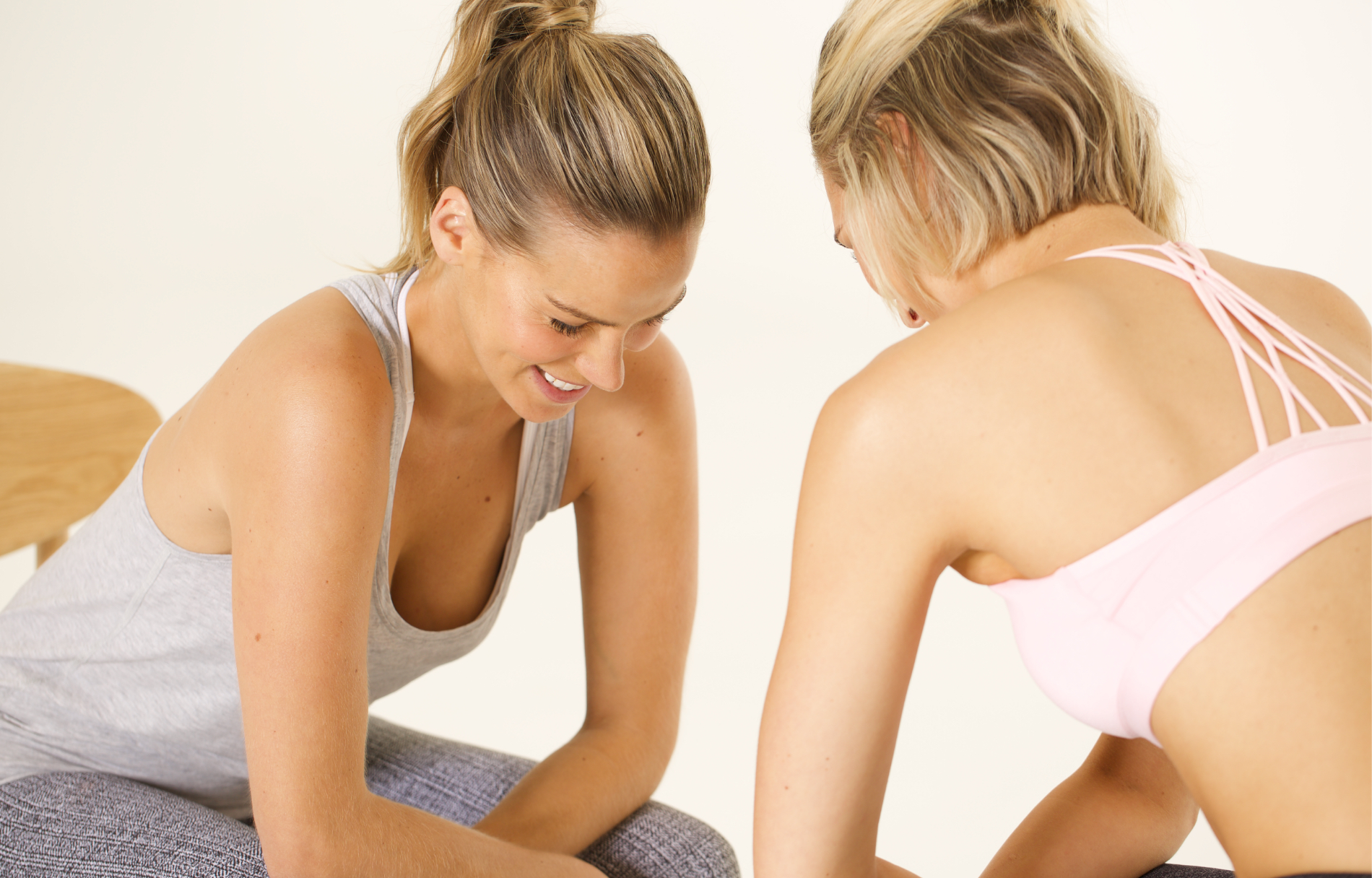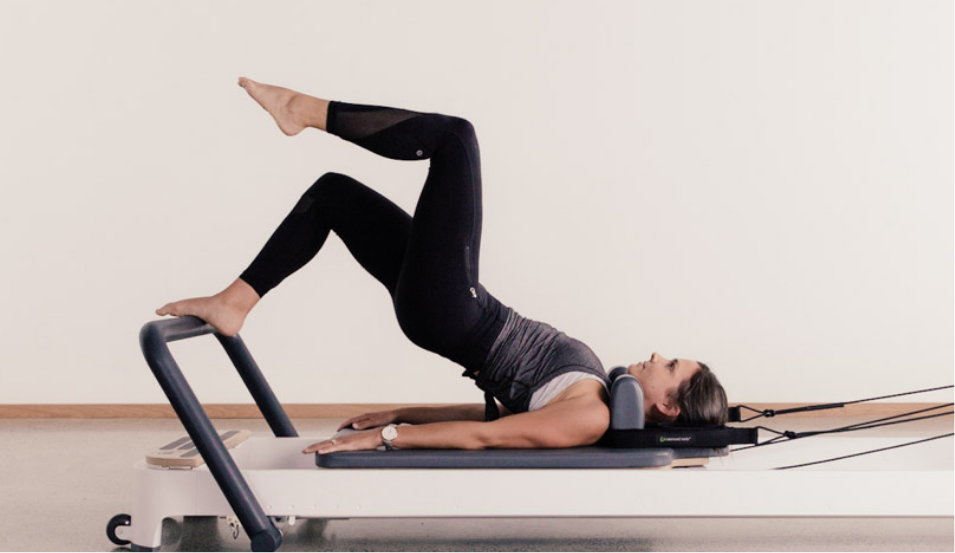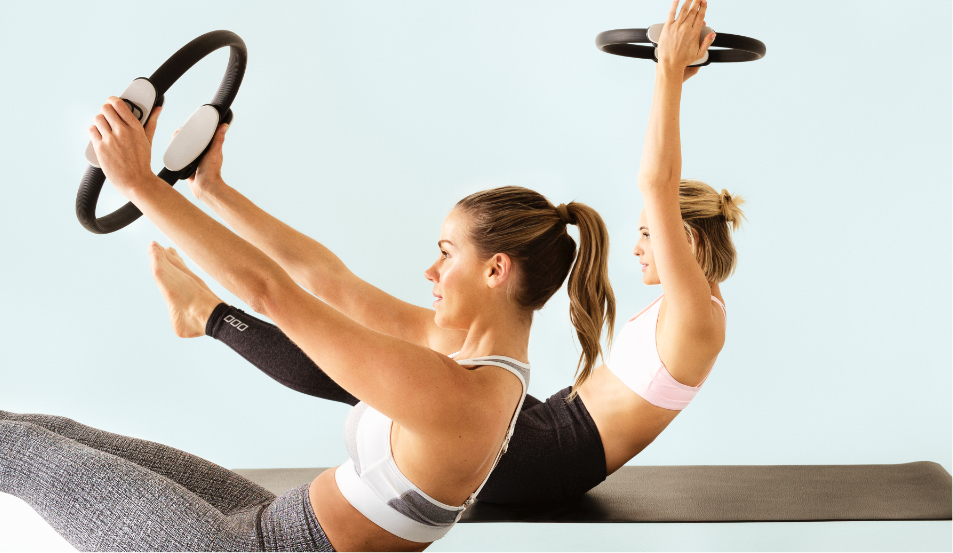Why a postnatal physio check-up is essential to your recovery.
Women’s health physiotherapy is a specialist field. Why? Because women’s bodies are capable of heroic things like childbirth, that while beautiful and miraculous, is a significant trauma for the body to prepare for and heal from. Like any major event your body experiences – be it a broken leg, a slipped disk, a sprain or tear – your treatment plan and path to rehabilitation should be targeted, personalised and expertly designed.
While around half of the human bodies on planet earth have, at some stage, been capable of giving birth, it doesn’t mean it’s a particularly easy exercise. Having a baby is an almighty feat, requiring our muscles, hormones, pelvic structure, brain and instincts to work in concert to bring a baby into the world. Our bodies spend nine months preparing for this event, producing hormones that trigger key changes such as opening the cervix and encouraging the production of breastmilk. Many of us also spend those nine months researching, preparing the house, and tailoring our exercise and nutrition plans to ensure we’re creating the optimum environment to grow our baby.
But what about after the birth? As per the standard care plan, majority of new mums in Australia and developed nations around the world front up for their six-week postnatal check-up with their midwife, family doctor or obstetrician. This is the moment that we are supposed to address any and every issue that has arisen since our baby landed earthside. How are you feeling? Are you sleeping? Do you have any serious pain? Is there any extreme or unwarranted anxiety? There’s a lot to cover, because as well as coping with the daily reality of being responsible for a newborn, many new mums experience a gamut of post-birth issues.
In Australia, 50% of women have some degree of vaginal wall laxity (when the tissue becomes loose or relaxed) after a vaginal birth. At least a third of women experience urinary incontinence after a vaginal birth, and less frequent but perhaps even more distressing for new mums, anal incontinence leaves many women unable to control wind or bowel movements.
No new mum has time for that. You – and your amazing body, which has just performed one of the most extreme undertakings it can and will ever perform – deserve focused and tailored care.
From an awareness of ‘not feeling quite right down there’ through to the more obvious sensations of ‘I’m wetting my pants’ or ‘I feel like something is going to fall out’ or ‘I have no strength in my abdominal muscles’, the range of ways our bodies need support after giving birth is vast and ever changing. Be it due to the challenges of scheduling appointments around a tiny baby’s whims or simply the logistical challenges of attending a physical appointment, many women wait until their six-week postnatal check with their doctor or midwife to discuss these issues. And then what? A particularly proactive doctor or midwife may suggest physiotherapy, but many others will advise that it ‘just takes time’ or to ‘try some pelvic floor exercises for a month and come back if you’re still having issues’.
Women’s health physiotherapists with specialised training in pelvic floor care can address the many postnatal concerns and conditions new mums experience. At INSPIRE, many of our clients who have experienced a vaginal birth seek our help with one or more of these common symptoms:
· poor bladder control – leaking because they can’t get to the toilet in time; leaking when changing position (such as getting up from a chair or bending over); leaking when coughing or sneezing
· inability to feel pelvic floor contraction
· poor wind control
· trouble controlling bowels or smearing on underpants
· feeling of heaviness or bulge in the vagina or back passage.
While these symptoms are common and completely normal, they aren’t discomforts to simply live with or ‘wait out’. Seeking the support of a skilled women’s health physiotherapist will not only set you on the path to recovery, it’ll give you back the control and agency a ‘wait and see’ approach simply can’t. Plus, most of us at INSPIRE have been there – in the leaky, painful or ‘not quite myself’ position you may find yourself in post-birth.
One of the key concerns many women have when beginning their postnatal physiotherapy is how and when they can return to exercise and activities they used to enjoy before the birth of their baby. The answer to that question is as crucial as it is simple – it’s different for everyone. Just as no two births are the same, there’s no one plan that can be applied to every woman. Your women’s health physiotherapist will consider your pre-natal condition, your health throughout your pregnancy and the circumstances of your delivery to customise your treatment. These elements, combined with your individual goals, time constraints and mental and emotional wellbeing, will help your physio create a well-rounded plan to get you where you want to be in a timeframe that’s realistic for you.
There are a range of birth factors that may put you at a higher risk of postnatal conditions such as pelvic floor issues:
· if your baby was over 4kg and you endured a long pushing stage
· use of forceps during the birth
· third or fourth degree tear (tearing into the anal sphincter)
· very fast labour (only a few hours) or extremely long labour (pushing for greater than 2 hours)
Many women can feel symptom free, experiencing no issues in the weeks following birth, only to discover once returning to exercise or during a subsequent pregnancy that their pelvic floor isn’t functioning optimally. The postnatal physio check-up – generally around the 6-week mark – is the most efficient tool for discovering, diagnosing and treating these issues.
It’s a sad reality that the comparative nature of social media can send many of us into post-birth bikini-body envy spirals. We can get lured into ‘six weeks to a six-pack’ clickbait or endless kegel exercises to ‘repair’ our infamous pelvic floor muscles. While it’s completely understandable that the changes in our bodies triggered by pregnancy and birth can leave us not quite recognising the shapes we see in the mirror, this is not the time to be punishing ourselves or putting our bodies through further trauma. The postnatal period is our window of opportunity to understand what our bodies have been through, to work with the best support available to assess the changes in our bodies and see where we might chart a course back to optimal health – whatever that means for you. Returning to exercise without building up basic strength, or launching a full-blown assault on your pelvic floor without seeking the guidance of a specially trained clinician, can lead to further damage and prolonged discomfort.
While ‘holistic’ care can feel like a bit of a buzzword in the wellness industry, we must look at the whole woman – your experiences, your goals, your journey – to create a treatment plan that is effective, supportive and sustainable.
Potential links:
Click here to meet INSPIRE’s team of specialist women’s health physios.
Click here to read one woman’s experience of postnatal healing through targeted physiotherapy
Click here to download our tips for …
Click here to find out how INSPIRE can support you



